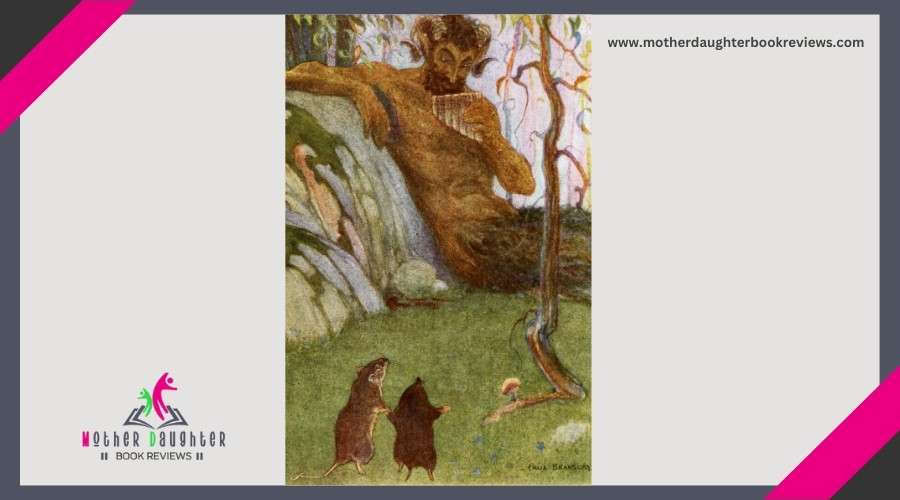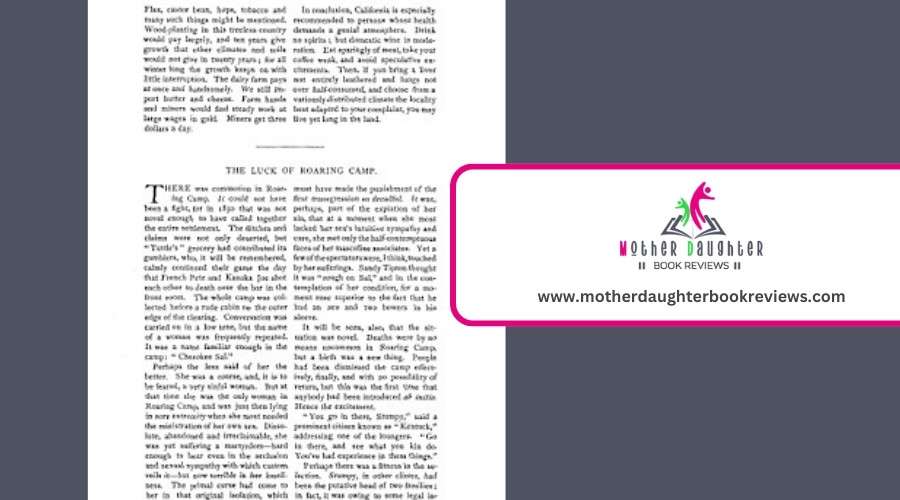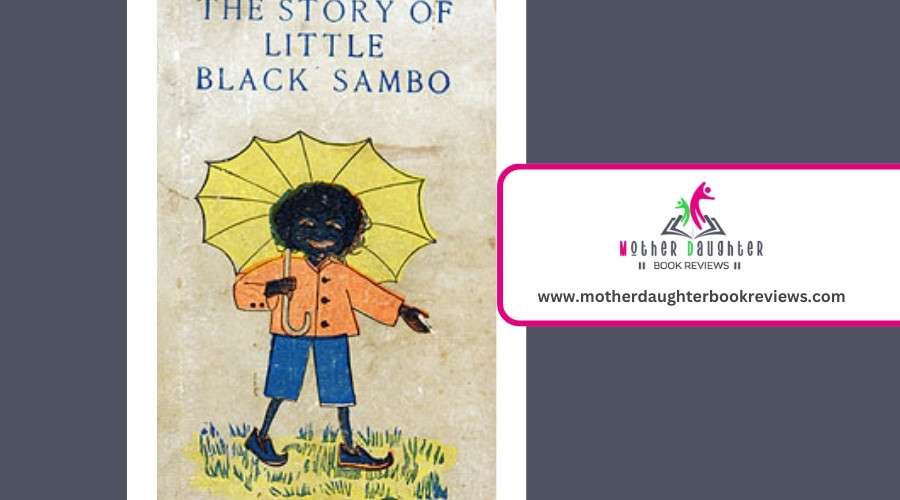Exploring 20th Century Children's Literature
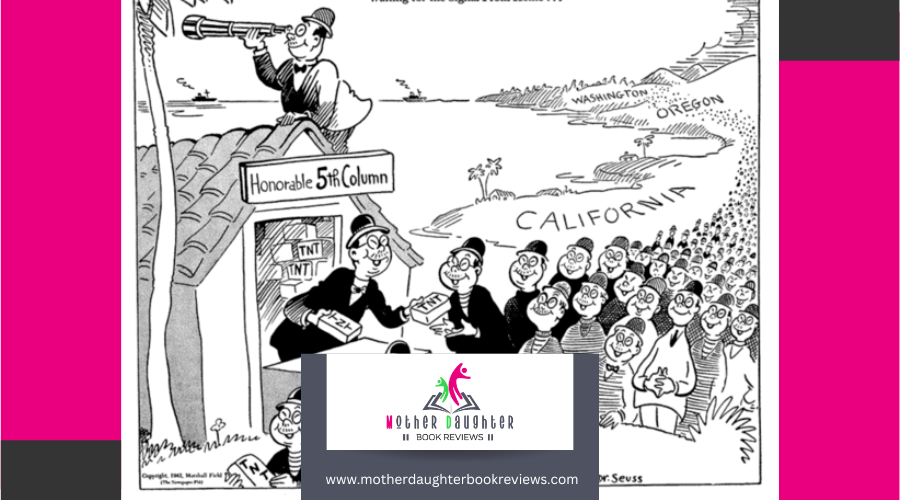
Classic foundations like Lewis Carroll's "Alice's Adventures in Wonderland" shaped imaginative domains that challenged reality. Wartime narratives introduced resilience amid global conflicts, while mid-century giants like Dr. Seuss and C.S. Lewis captivated with unique storytelling. As the century progressed, diversity and inclusion became prominent, reflecting broader societal changes. Picture books transformed engagement through vivid illustrations, and technological advancements brought interactive e-books to life.
Classic Foundations
When diving into the domain of children's literature, it is vital to start with the classic foundations that have shaped the genre. You'll find that these timeless stories evoke a sense of childhood nostalgia and set the stage for the rich literary shifts that followed. Think about tales like "Alice's Adventures in Wonderland" by Lewis Carroll or "Peter Pan" by J.M. Barrie. These works not only entertained but also introduced imaginative landscapes that challenged the boundaries of reality.
As you investigate these classics, it becomes clear how they've influenced subsequent literature. The characters, themes, and moral lessons in these foundational texts laid the groundwork for the genre's evolution. You can see the change in how narratives became more complex, addressing deeper emotional and social issues while still retaining that magical essence vital to children's stories.
Golden Age Beginnings
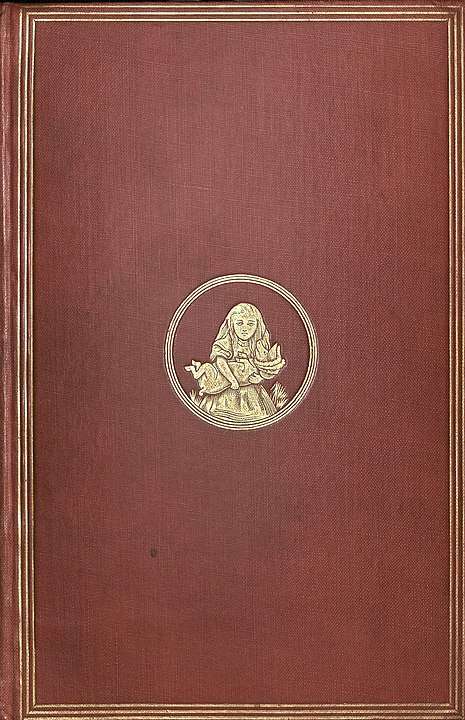
During the Golden Age of children's literature, authors began to craft stories that not only entertained but also engaged young readers on a deeper level. This period, spanning the late 19th and early 20th centuries, marked a significant shift in how childhood experiences were portrayed in books. Writers like Lewis Carroll, with his fanciful "Alice's Adventures in Wonderland," and J.M. Barrie, who created the timeless character of Peter Pan, introduced a sense of wonder and imagination previously unseen.
You'd find that literary innovation was at the heart of this transformation. Authors started to experiment with narrative styles and structures, making their stories more accessible and enjoyable for children. They emphasized themes of adventure, fantasy, and the exploration of one's identity, resonating deeply with young readers. These tales often featured protagonists who were children themselves, allowing young readers to see reflections of their own lives and dreams within the pages.
Wartime Influences
Wartime influences on children's literature brought about a profound shift in themes and narratives. You'd notice how war themes started to permeate stories, reflecting the harsh realities of global conflicts. The concept of childhood innocence was often juxtaposed with these brutal settings, emphasizing resilience narratives. Kids were shown as adaptable and strong, facing loss and grief with incredible courage.
Propaganda influences also crept into children's books. Authors used stories to foster patriotism and support for the war effort. You'd see characters embodying values like bravery and sacrifice, subtly encouraging young readers to adopt these traits. Family dynamics became a focal point, with tales often highlighting the strain and unity within wartime households.
Escapism literature provided a sanctuary for young minds. Fantasy worlds and adventurous quests offered a temporary retreat from the grim realities of war. These stories weren't just distractions; they were cultural reflections, capturing the hopes and fears of the period. You'd find that even in escapism, elements of war and resilience were ever-present, making children's literature a mirror of the period's complex emotions and societal challenges.
Mid-Century Giants
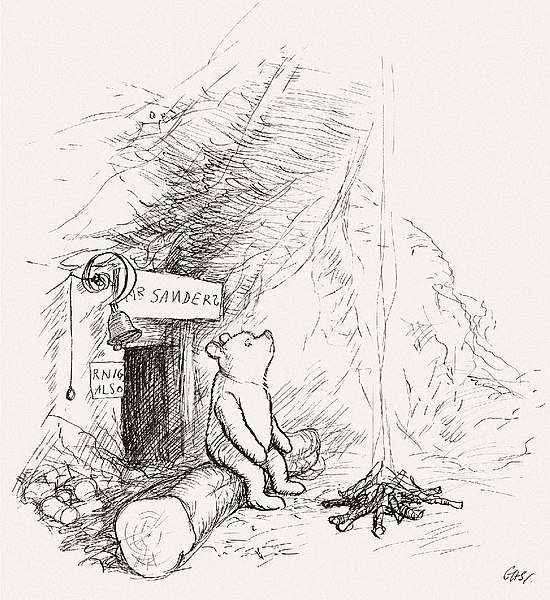
Stepping into the mid-20th century, children's literature saw the rise of iconic authors who'd leave an indelible mark on the genre. These mid-century giants brought forth mid-century innovation and produced literary milestones that continue to captivate young readers today.
Firstly, Dr. Seuss transformed the way stories were told with his rhyming narratives and fanciful illustrations. His books not only entertained but also educated, making learning fun for children. You can't overlook the impact of E.B. White, whose "Charlotte's Web" became a timeless classic, teaching invaluable lessons about friendship and sacrifice. Meanwhile, C.S. Lewis's "The Chronicles of Narnia" series blended fantasy with profound moral lessons, opening the doors to richly imaginative worlds.
Consider these notable achievements from this time period:
- Dr. Seuss's "The Cat in the Hat" introduced a new style of engaging, educational storytelling.
- E.B. White's "Charlotte's Web" became an instant classic, showcasing themes of friendship and compassion.
- C.S. Lewis's "The Chronicles of Narnia" series offered a blend of fantasy and morality.
- Beverly Cleary's relatable characters in "Henry Huggins" and "Ramona" resonated with children everywhere.
- Roald Dahl's inventive tales, like "Charlie and the Chocolate Factory," sparked imaginations worldwide.
These authors redefined children's literature, making the mid-20th century a golden time period of literary milestones.
View this post on Instagram
Diversity and Inclusion
In recent years, children's literature has welcomed a colorful shift towards diversity and inclusion, reflecting the rich tapestry of our global society. You'll notice books increasingly champion cultural representation and bring marginalized voices to the forefront. These inclusive narratives introduce diverse characters from different backgrounds, ensuring that children see themselves and others in the stories they read.
Authors and illustrators now weave global perspectives and intersectional themes into their work, providing a more thorough view of the world. Language diversity also plays a vital role, with books available in multiple languages to cater to different communities. Addressing accessibility issues, many publishers focus on creating content for children with disabilities, ensuring no one is left out.
Community storytelling is another significant aspect, as it allows for authentic voices to share their unique experiences and historical contexts. By doing so, these stories foster empathy and understanding among young readers. Regardless of it's through tales of resilience or celebrations of cultural heritage, children's literature today is richer and more inclusive than ever before. This shift not only educates but also empowers the next generation to appreciate and accept diversity in all its forms.
Fantasy and Adventure
While celebrating diversity and inclusion, another enchanting aspect of children's literature is the sphere of fantasy and adventure. You'll find yourself transported to fanciful worlds and imaginative landscapes where brave protagonists set out on magical odysseys and heroic quests. These fantastical themes captivate young readers, sparking their adventurous spirits and inviting them to investigate enchanted domains filled with mythical creatures and legendary tales.
Consider the allure of these elements in children's literature:
- Magical odysseys: Follow characters as they traverse lands beyond your wildest dreams.
- Heroic quests: Experience the thrill of protagonists overcoming obstacles and uncovering their inner strengths.
- Fanciful worlds: Revel in settings where the ordinary becomes extraordinary, and anything is possible.
- Imaginative landscapes: Visualize places that defy logic yet make perfect sense within the story.
- Mythical creatures: Encounter beings that challenge the boundaries of reality and ignite your imagination.
These stories not only entertain but also inspire young readers to think creatively and believe in the power of courage and determination. The rich tapestry of fantasy and adventure in 20th-century children's literature remains a reflection of its timeless appeal and enduring legacy.
Picture Books Revolution
The picture books revolution marked a transformative time in children's literature, redefining how stories are told and experienced. You'll notice this period brought a unique blend of illustration styles and narrative techniques that captivated young readers. Authors and illustrators began collaborating more closely, blending text and visuals to create engaging storytelling experiences.
Illustration styles varied widely, from the fanciful to the realistic, each bringing different cultural reflections to life. These books weren't just about pretty pictures; they investigated deep themes like friendship, courage, and diversity, engaging young minds in meaningful ways. Visual storytelling became paramount, with each image contributing to character development and plot progression.
Series Phenomena
As the picture books revolution reshaped the way stories were visually and narratively crafted, another significant trend emerged in children's literature: the series phenomena. You probably noticed how series trends captivated young readers and kept them coming back for more. One of the key aspects was character development, where beloved characters grew and evolved over multiple books. This created deep reader engagement, as children enthusiastically followed their favorite protagonists through a range of adventures.
The narrative structure of series allowed for intricate plotlines that could unfold gradually, making each installment a must-read. Genre evolution also played a part, as series often mixed elements from distinct genres, keeping the stories fresh and exciting. Publication cycles became more strategic, with timed releases to build anticipation and maintain momentum.
Author collaborations were another hallmark, where different writers contributed to the same series, enriching the universe with varied perspectives. Marketing strategies also evolved, targeting fan communities and creating buzz around new releases. Critical reception often differed, but the impact on young readers was undeniable.
- Character development
- Reader engagement
- Genre evolution
- Publication cycles
- Author collaborations
You can see how these elements shaped the rich landscape of 20th-century children's literature.
Impact of Technology
Technology has profoundly transformed children's literature, making stories more interactive and accessible than ever before. Electronic storytelling has ushered in a new period where kids can engage with narratives through interactive media and multimedia experiences. E-books' evolution has allowed children to easily carry entire libraries on their devices, fostering a love for reading anywhere, anytime.
Interactive media has taken center stage, offering engaging experiences that traditional books can't match. Virtual reality transports young readers into the heart of a story, making them active participants rather than passive observers. Educational apps have changed learning, combining fun with fundamental skills, and even introducing coding literacy at an early phase.
Online communities have sprung up around popular books and characters, providing platforms for young readers to discuss and share their literary adventures. This sense of belonging can encourage a deeper connection to reading and promote social interaction.
Conclusion
From the whimsical worlds of Alice's Adventures in Wonderland to the resilience themes born out of wartime, this era brought forth unforgettable stories that reflected societal changes. The rise of iconic authors like Dr. Seuss and C.S. Lewis enriched the genre with creativity and moral depth, while the push for diversity and inclusion expanded the narratives to reflect a broader global community.
Picture books revolutionized how stories were told through vivid illustrations, and the advent of technology introduced new interactive experiences for young readers. Altogether, 20th-century children's literature continues to inspire, educate, and captivate young minds across generations.

